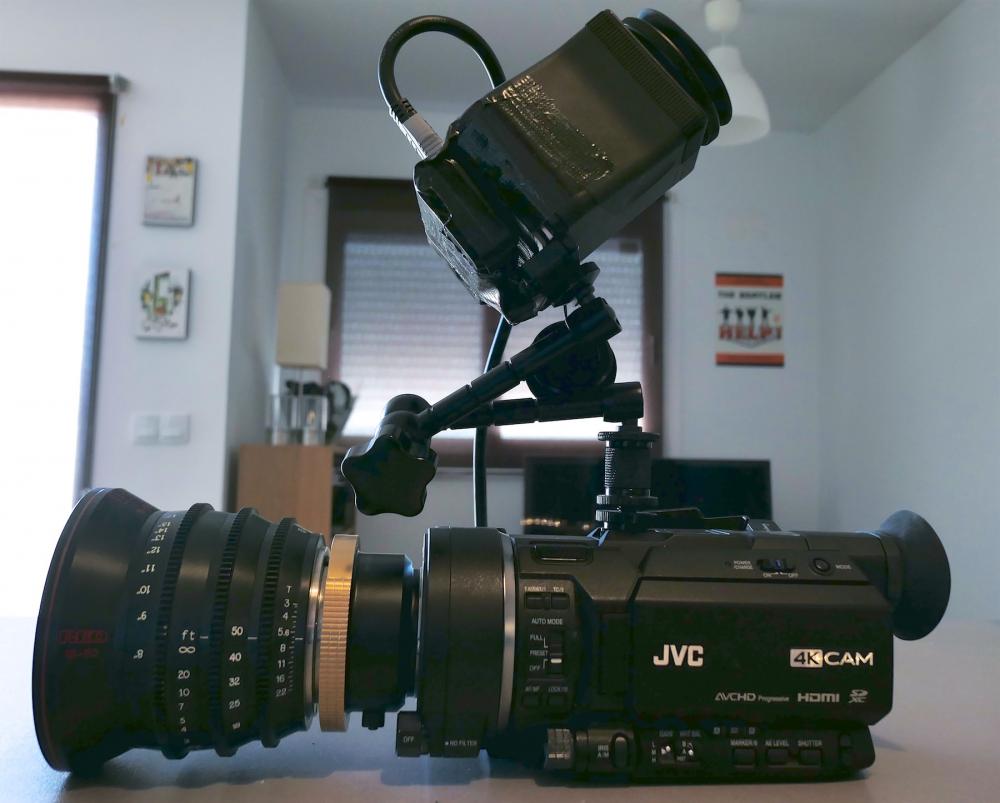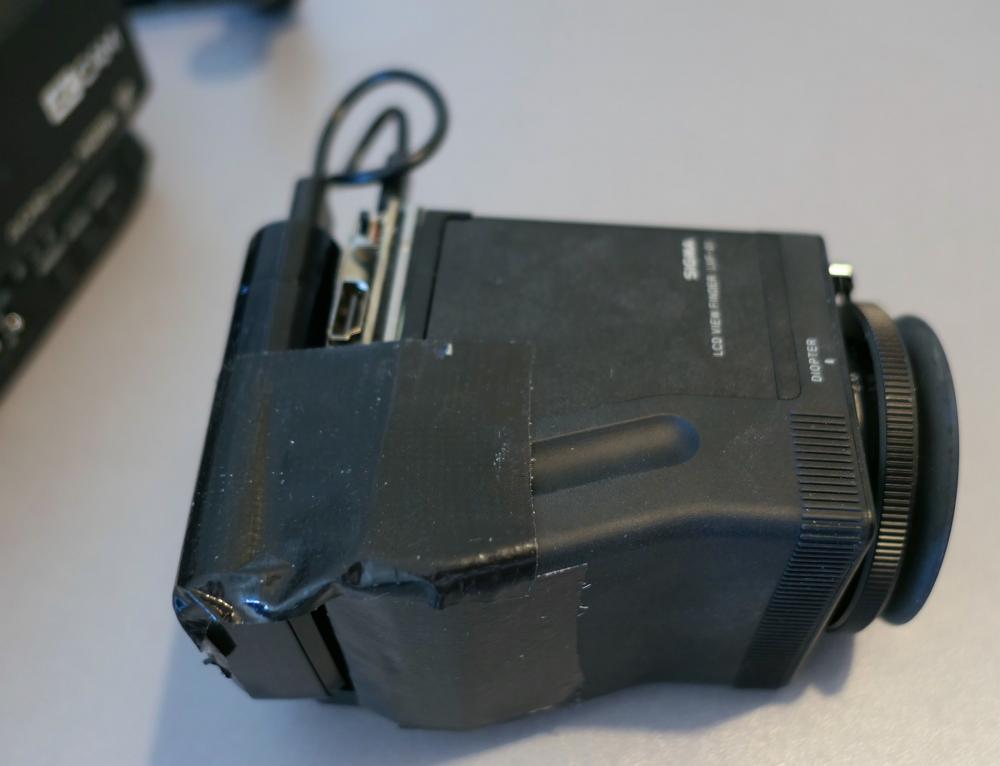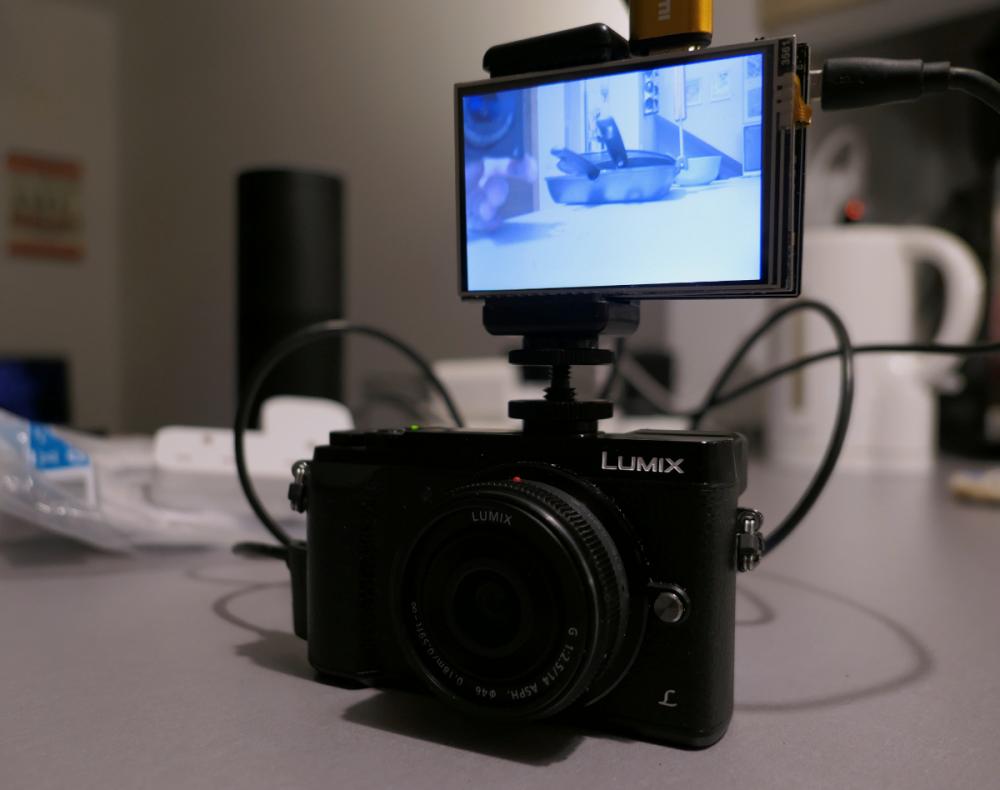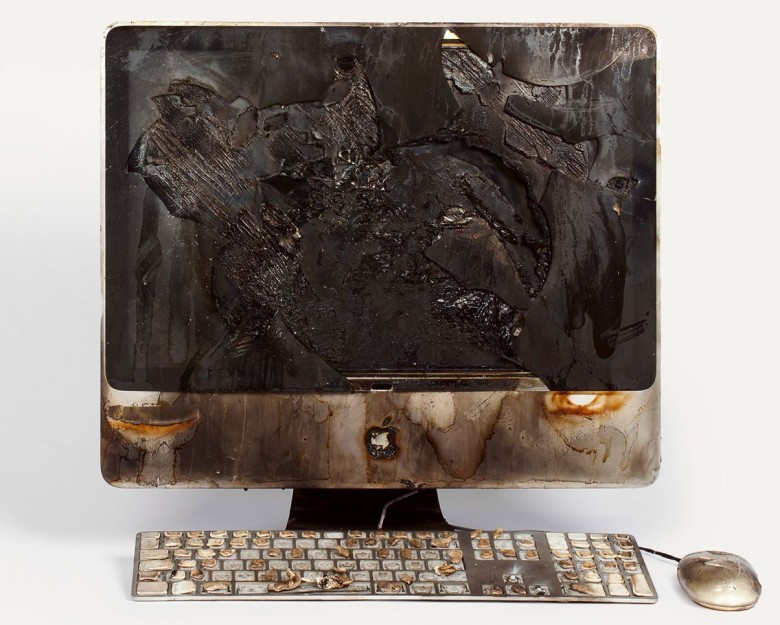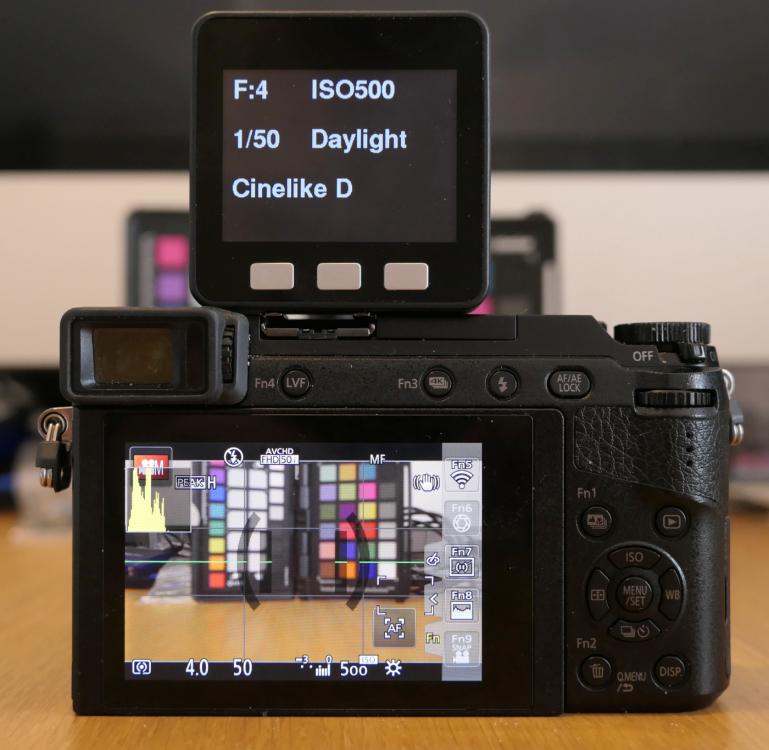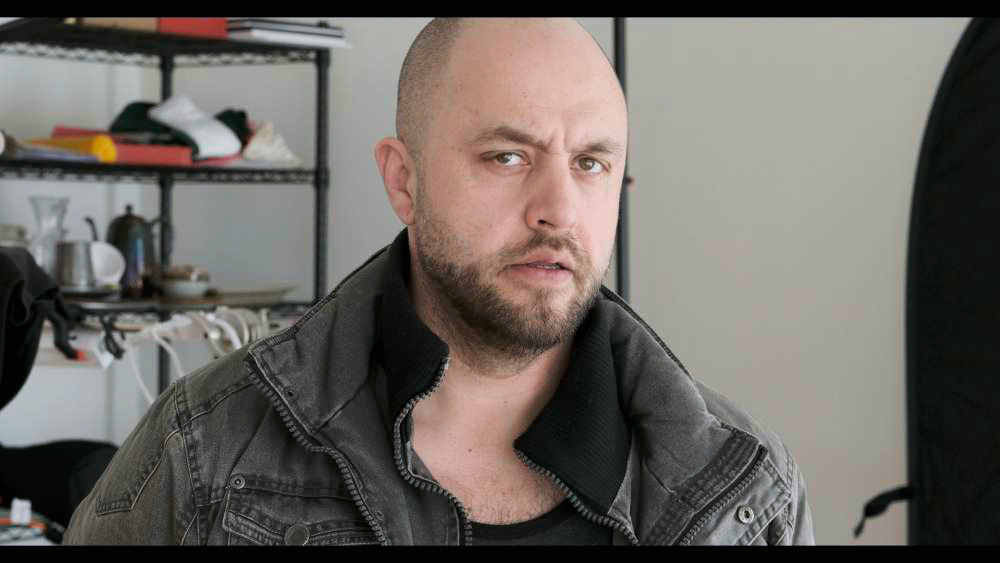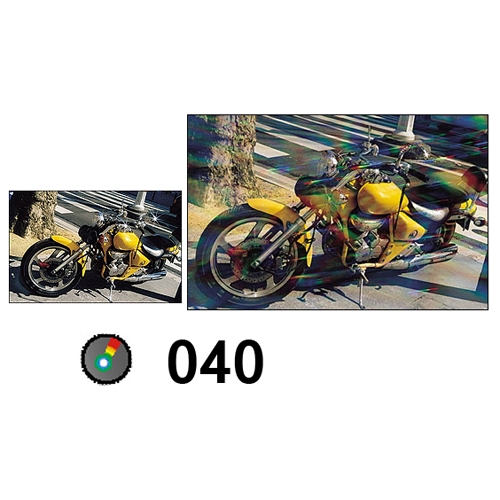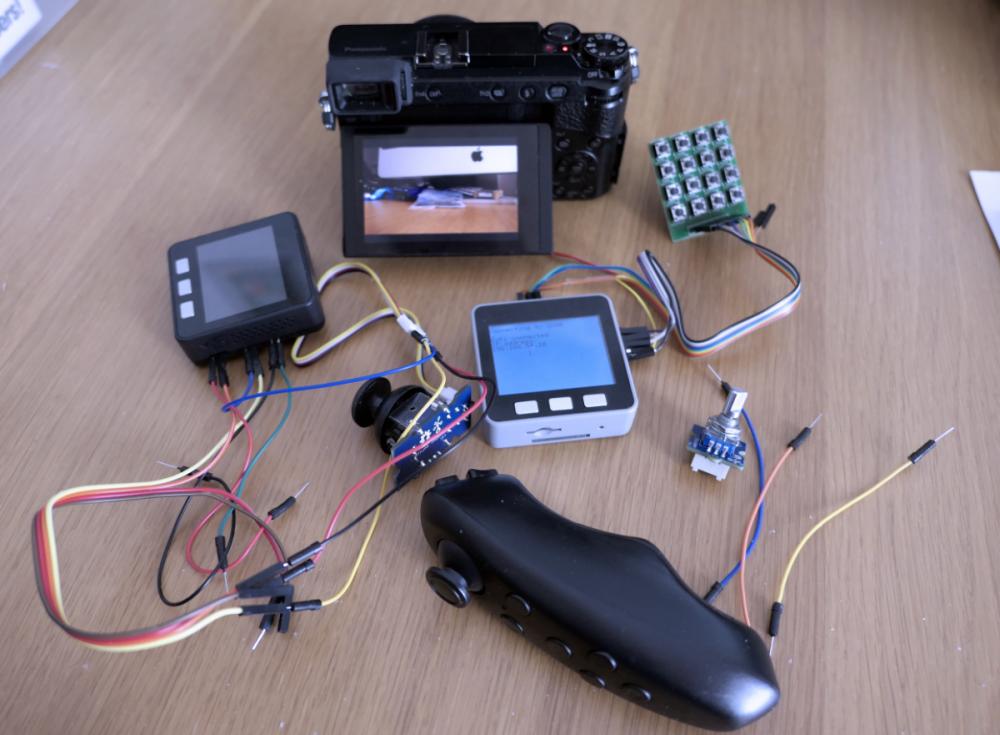-
Posts
6,092 -
Joined
-
Last visited
Content Type
Profiles
Forums
Articles
Everything posted by BTM_Pix
-

LukiLink project turns smartphones into an HDMI monitor
BTM_Pix replied to Andrew - EOSHD's topic in Cameras
To be fair, the Febon ones are a lot more expensive than the projected price of the LukiLink and in terms of the app the Febon is just basic display rather than adding the focus and waveform overlay so its probably been a tough nut to crack (certainly based on that proof of concept video). https://www.febon.net/categories/grabber-card -
He does refer to the sensor size and I thought it was a slip of the tongue at first when he said it "offers twice as good image quality overall" but he is quite happy to stand in front of that slide saying exactly the same thing all the way through it If such a thing as the best photo/video hybrid exists though (more likely least worst) then the A7iii is shaping up to be a contender.
-

LukiLink project turns smartphones into an HDMI monitor
BTM_Pix replied to Andrew - EOSHD's topic in Cameras
The same off the shelf one from above has an iOS version as well which to be honest looks even faster so hopefully it was just early days and LukiLink have got that optimisation sorted as well as this sort of performance with all the added focus and waveform aids will be great. I hope its a big success for them and, yes, crowd funding could do with a win. -
I don't particularly mind him but he definitely lost me from 7:42 with the "2 times better image quality than the X-H1" stuff to be honest.
-

LukiLink project turns smartphones into an HDMI monitor
BTM_Pix replied to Andrew - EOSHD's topic in Cameras
Should be OK I think. Off the shelf ones like this one here have quite respectable lag times (certainly at lower res) so hopefully the optimisation that LukiLink have described doing to their version will be even more impressive. -
Just to put some meat on the bones (or Metabones in this case) of what you could expect from the Sigma 18-35 in terms of DOF on a Micro4/3 camera when coupled with a speedbooster, I've just gone outside and done this quick test for you with a Panasonic GX80. This is it at its minimum focus distance wide open at 18mm, focused on the 0 of the scale. With the effect of the Speedbooster this is f1.2 at an equivalent FOV of 27mm. This next one is it at its minimum focus distance wide open at 35mm, focused on the 0 of the scale. With the effect of the Speedbooster this is f1.2 at an equivalent FOV of 51mm. And this last one is it at its roughly 2 feet wide open at 18mm, focused on the 0 of the scale. With the effect of the Speedbooster this is f1.2 at an equivalent FOV of 51mm. In all instances, the ColorChecker is 6 inches behind the focus point (i.e. 0 on the Spyder Lenscal) With a roughly 2 inch DOF at this aperture even on a Micro4/3, you might want to stop down a bit for run and gun
-
You can do it with the same precision as you can with their app. I'll leave you to work out what that means! They only offer two levels of sensitivity in terms of speed of focus movement so I scale those on the joystick to give some feeling to it and to be fair its not that bad. Hard stop A/B focus points driven by the joystick will be incorporated. Joystick driven focus point (i.e. use it to move to a point on the screen and then a single press A/F) will be incorporated as well.
-
Its needed because that is the unit that controls the camera over wifi instead of having to use a computer or a smartphone. The screen will be used for other stuff such as adjusting custom presets and setup etc. The reason for the mode that its in there, mimicking a top plate LCD on a camera, is because if you are using the camera on a gimbal or jib or even on a rig then you are likely using an external monitor for which you will probably like have the HDMI output of the camera have in clean feed mode (for recording) so you won't necessarily have this information on that screen. As I said in the post, in this instance it is mounted on the hotshoe but it can go anywhere you want within wifi range and still be controlling and showing feedback from the camera. If you look at the bottom of the previous picture I posted, you'll see exactly that. That takes your control input, passes it on to the MP3 player which then interprets it and passes it on to the camera. I'm not sure I'd mount that on the hotshoe myself but you could if you wanted to. The whole system is wireless so within the limits of the bluetooth transmission range from the controller and the wifi range from the MP3 player you can mount them wherever you want. Or you don't even have to mount them anywhere. You could hold that controller in your hand and have the MP3 player in your pocket and it would still work like that if you wanted to.
-
Park Cameras and Camera World both quote 14th of March on their websites. So, Wednesday apparently but I suppose people with pre-orders might have had an email if that is the case. In my experience, the kit lens bundles are generally available on the launch date but body only mysteriously stay in short supply for ages...... https://www.parkcameras.com/p/7014826K/mirrorless-cameras/sony/a7-iii-full-frame-mirrorless-digital-camera-body If you are near Birmingham next week, I expect the photo show at the NEC might be a chance to get your hands on one and - if it actually is out on Wednesday - possibly jump the next order queue as all the major dealers are there flogging stuff.
-
-
Yeah, they have space to hold the Raspberry Pi, so this is what a typical one looks like. To be honest though, its not such a bad thing as you could use the empty space where the Pi would have gone to house a USB power bank for it. You'd probably be able to persuade something like this to fit in it.
-
I remember them doing that video and was just about to post it! Its obviously a bit unwieldy but it definitely does have an interesting look and is hands down the cheapest way to where you are trying to get to. This video uses the same approach but doesn't detail which adapter he's using.
-
This was originally in response to @IronFilm asking in the Blackmagic area about a cheap screen for vlogging on a BMPCC but thought it might have some interest for other cameras too. Plus, I've moved it on to be just a bit more than a vlogging screen as well. So... This is all based around of the 3.5" monitors that are designed for the Raspberry Pi. It is completely barebones but supply it with an HDMI feed and some USB power and it'll do the job for you. I just put it in a cheap phone hotshoe mount and voila, cameras like the GX80 here can have a front facing vlogging screen. If you want to be posh then you can have it in an acrylic case for a tiny bit more ! Because of its resolution, you're only going to want to use it as a framing and a "is this thing on?" aid but if thats all you need then its adequate for that. I've tested it with Panasonic (GX80/G7), Canon (EOS-M), Sony (RX100), Nikon (D500) and Fuji (XT-2) cameras but I can't vouch for it with all cameras. Its got a fairly low res screen but the the cameras I've tested it on scale their output but with the JVC LS300, you have to set it 480 and there may be others out there like that but for £12 the worst thing that can happen is you've got a handy little plug in HDMI cable checker. There are a gazillion sellers so take this one as just an example EDIT >> ORIGINAL EXAMPLE LINK DIDN'T HAVE HDMI SO CHANGED TO NEW EXAMPLE - SHOP AROUND FOR BETTER PRICE THOUGH https://m.ebay.co.uk/itm/1080P-IPS-3-5-inch-HDMI-LCD-Screen-Display-for-Raspberry-Pi-w-Acrylic-Case/382391593643?epid=8015535815&hash=item590850aaab So, the additional part is that this morning I've been busy with the gaffa tape and the lateral thinking and turned it into a full blown powered EVF. I'm using the loupe that comes with the Sigma DP0 but any old £12 DSLR one off eBay will do and you can supply power via a usb power bank and in this example I'm even running it off a little box that gives you USB power from 3 AA batteries. Once you have it like this then you can then put it on an arm or whatever to make a fully fledged adjustable system. My loupe has a plate underneath for mounting it to the tripod thread of the camera and a lot of the cheap DSLR loupes have this as well for adjustment which makes it easy to attach an arm. I have to stress that the resolution is not all that so take it on the merits of it being a cheap and cheerful way of adding a vlogging screen or a more flexible EVF than your DSLR offers for those occasional times when you may need them without having to invest a load of money and you won't go far wrong. For the LS300 though, which has an utterly abysmal EVF that is so bad that you will actually question whether its faulty, then this combo actually completely smokes it. To recap Screen : £12 Loupe : £12 Power : £3 Mount : £3
-
You might want to consider one of the 3.5" monitors that are designed for the Raspberry Pi. It is completely barebones but supply it with an HDMI feed and some USB power and it'll do the job for you. I just put it in a cheap phone hotshoe mount and voila, cameras like the GX80 have a front facing blogging screen. If you want to be posh then you can have it in an acrylic case for a tiny bit more ! Because of its resolution, you're only going to want to use it as a framing and a "is this thing on?" aid but if thats all you need then its adequate for that. I've used it with Panasonic and Sony cameras so I can't vouch for it with the BMPCC. Its got a fairly low res screen but the Panasonic and Sony scale their output down without a problem but I had some flaky things with a BMPCC and even BM's own HDMI>Thunderbolt recorder so as I say I can't vouch for it but for £12 the worst thing that can happen is you've got a handy little plug in HDMI cable checker. There are a gazillion sellers so take this one as just an example https://www.ebay.co.uk/itm/3-5-inch-LCD-display-Monitor-Suitable-for-Raspberry-Pi-V3-0-with-Touch-Screen-H8/162870969536?hash=item25ebddc4c0:g:vH4AAOSws0Jaar-I
-
No (EDIT!!! as in "No, your wife is mistaken") all of the other settings are still available, you just select them as normal in the menu. The best approach is to save a Cinelike D version as one of your C settings so you can recall it from the camera instead of having to do the hack each time. The hardware device above includes the Cinelike profiles in its list of profiles as though it were like the others so you can switch to it without saving it as a C setting or having to do the hack each time (as it is doing the hack each time itself automatically when you select a Cinelike profile). Instructions for switching using the C settings are here
-
-
Yes, its so I can listen to music while I work out why it doesn't work No, its the actual unit that controls the camera over wifi and gives you feedback on your settings. It can be mounted on a hotshoe like it is here or wherever you want. I don't need Kickstarter to finish it but do need Kickupthearse
-
Just for completeness, here is the F-LOG frame with Fuji's own ETERNA LUT from their recent v1.1 LUT Pack release. WB on the eye, no additional changes.
-
Blimey, that looks troubling. In the days when you used to have to ruin your images with cheesy effects in camera rather than in Lightroom, Cokin used to do a filter called the Diffractor Cosmos 040 Looks like Fuji have been emulating that as well as film stocks
-
Until someone makes a reasonably priced 5"/4K monitor/recorder its also pretty unwieldy but having edit ready pro-res and the exposure aids does bring a lot to the party.
-
One particularly interesting snippet from that video that caught my attention was the reference to Fuji having an ETERNA LUT for F-LOG. This peaked my interest and it does indeed turn out that they have updated their LUT pack to V1.1 to include ETERNA. http://www.fujifilm.com/support/digital_cameras/software/lut/ Apologies if this is already a well known fact but it certainly sneaked under my radar. This makes recording externally with the X-T2 suddenly a lot more interesting....




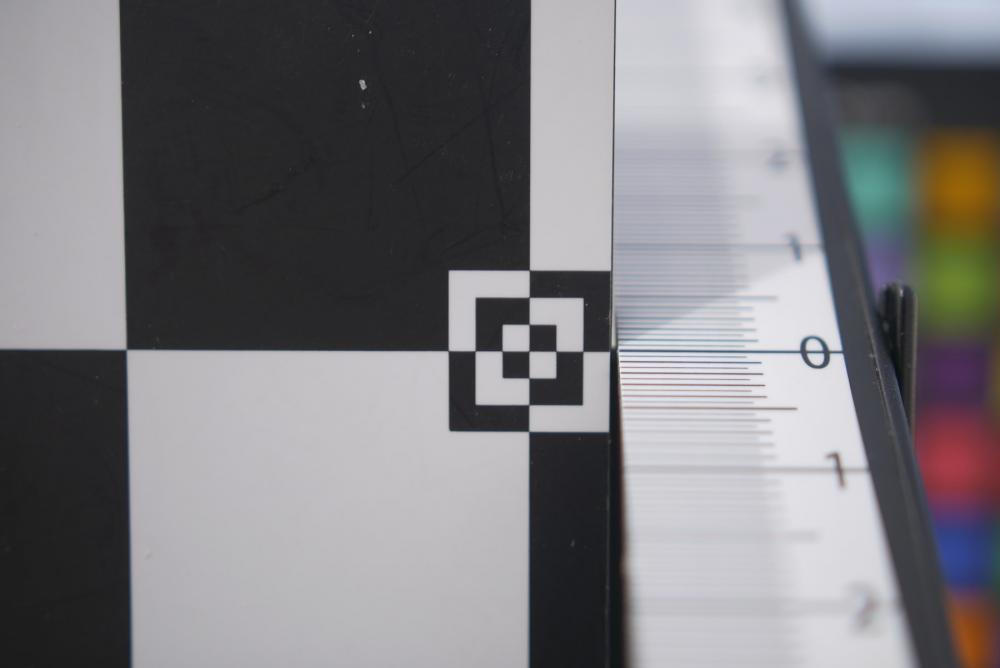
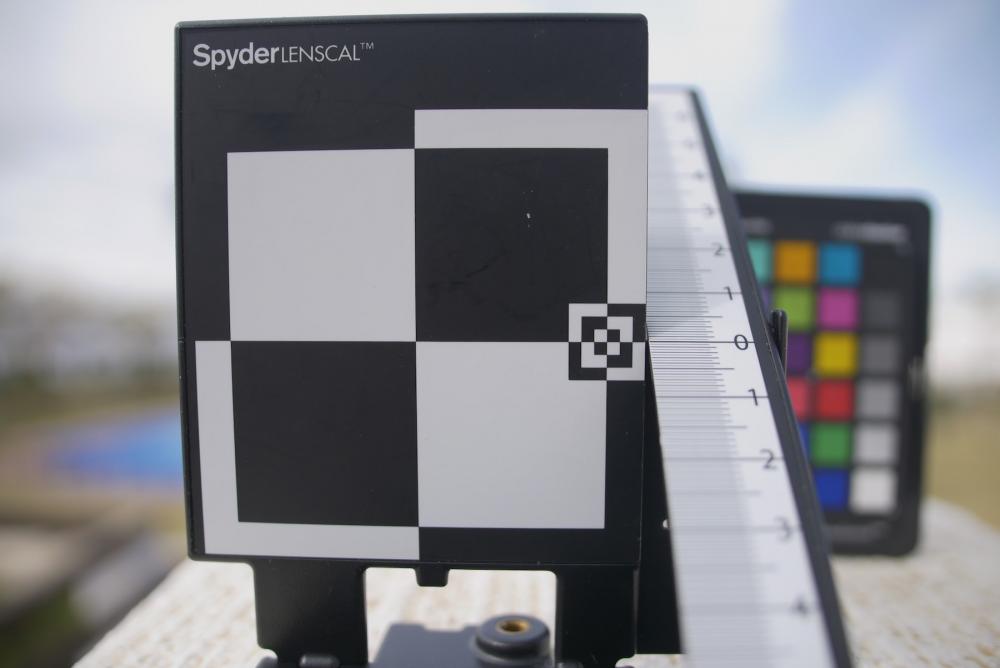
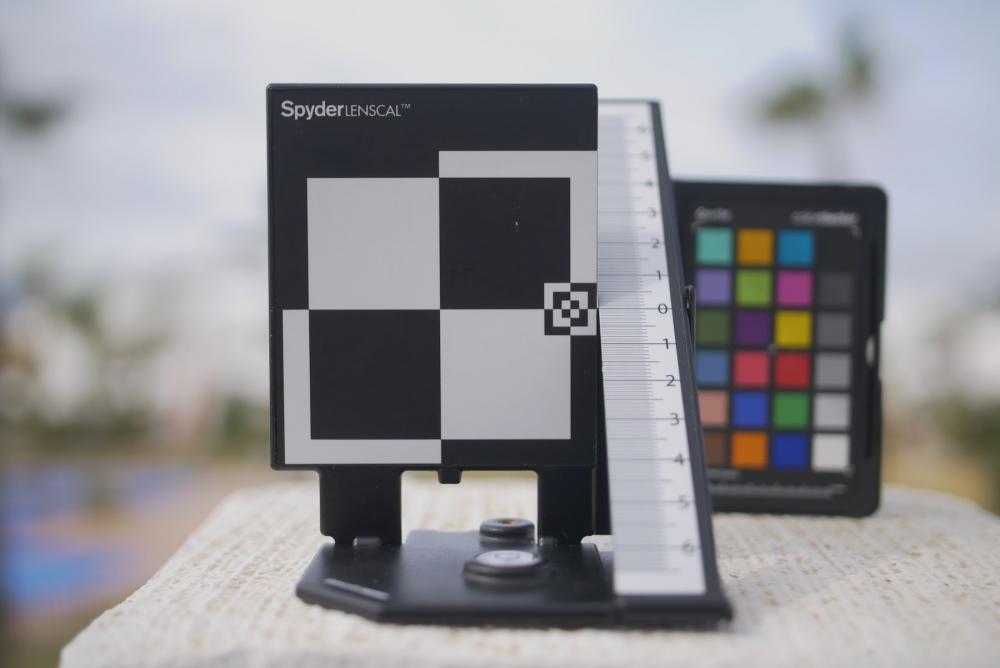
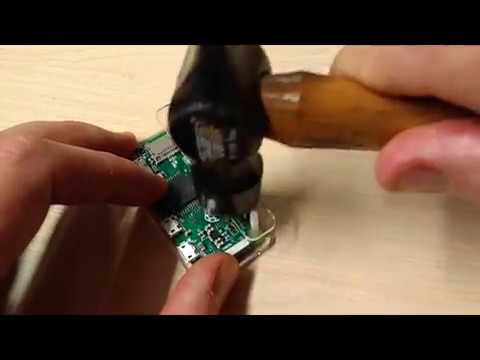

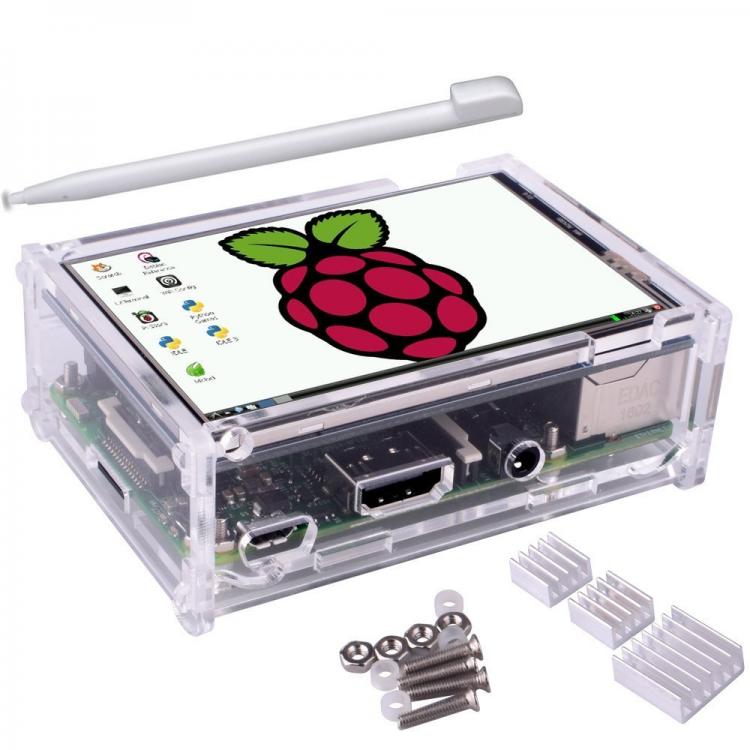
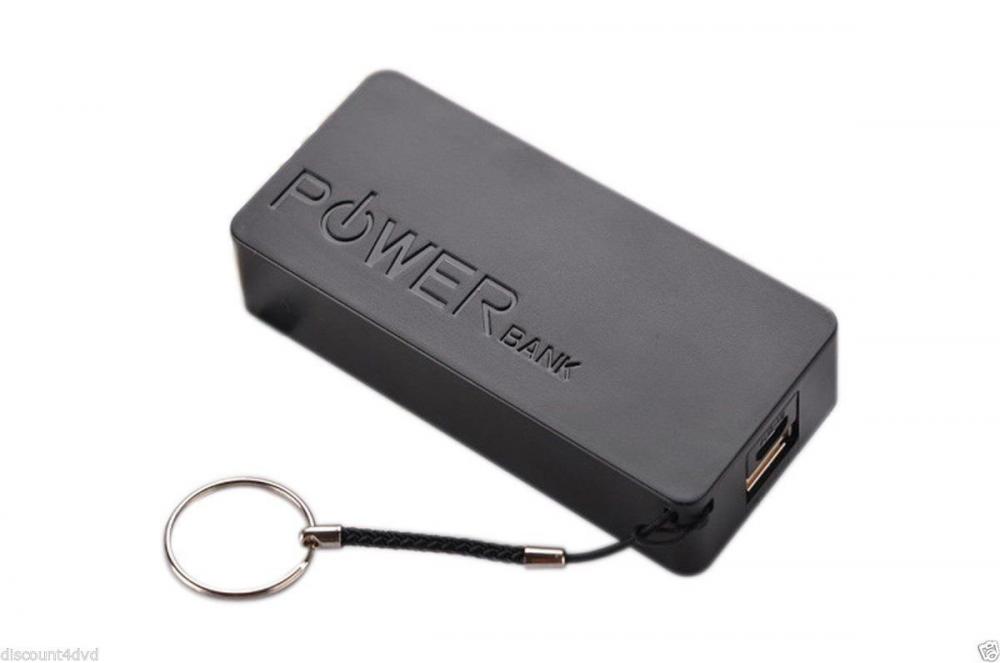
.thumb.jpg.70271255bab2bea62425c245e31c3c09.jpg)
